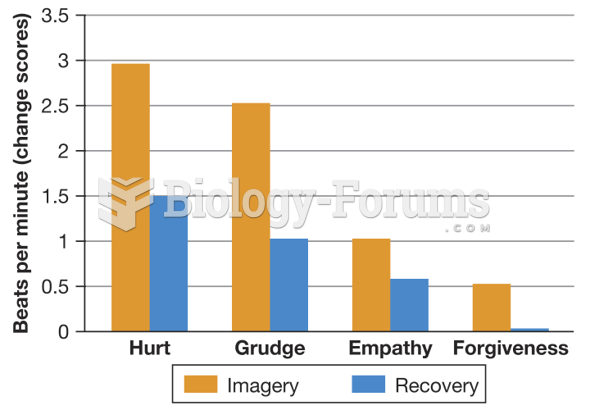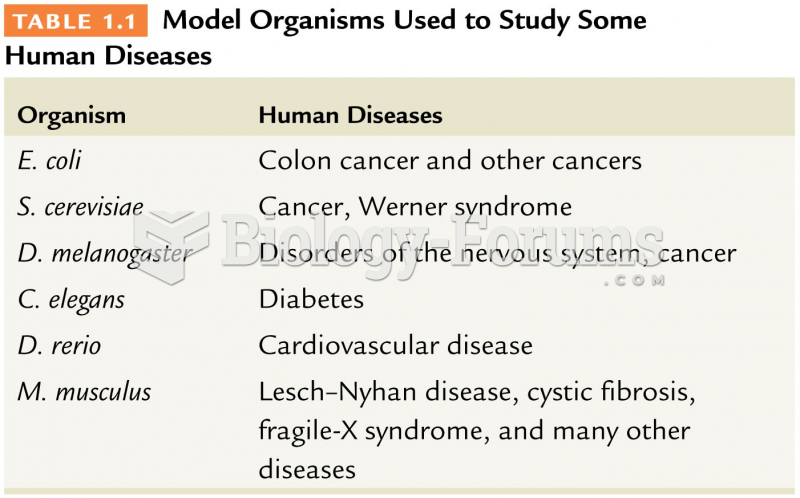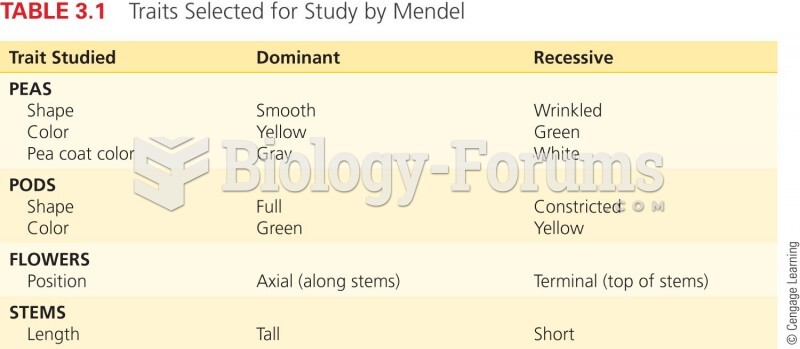Answer to Question 1
d
Answer to Question 2
Probation is designed as a means of maintaining control over offenders while permitting them to live in the community. The major justification for probation is that prisons are inappropriate places for some defendants but most important, probation is significantly less expensive than imprisonment. Probation is the most commonly used sanction in the United States. The increasing use of probation is a direct reflection of the serious problem of prison overcrowding. Legislative provisions regarding who may be placed on probation vary considerably from state to state. Some states have statutes prohibiting certain types of offenderstypically violent offendersfrom receiving probation. Offenders placed on probation must agree to abide by certain rules and regulations prescribed by the sentencing judge. Because probation is a judicial act, the judge can revoke probation and send the defendant to prison if the conditions of probation are violated. Fines are used extensively for traffic offenses and minor ordinance violations, generating well over 1 billion annually for local governments (Clear, Reisig, & Cole, 2016). Judges in the lower courts impose a fine alone or in combination with other sanctions in about 86 percent of their cases. In the major trial courts, a fine, either alone or together with other sanctions, is imposed in approximately 44 percent of cases. Restitution is the requirement that the offender provide reparation to the victim for the harm caused by the criminal offense. Beginning in the mid-1960s, the idea of restitution became the focus of renewed interest and became touted as one of the criminal justice system's more creative responses to crime. Nearly all states have enacted laws providing for the collection and distribution of restitution funds. Restitution efforts generally take one of two formsdirect or symbolic (Galaway, 1988). In direct restitution, the offender is required, as a condition of probation, to make monetary payments to the victim. As a criminal sanction, it is largely restricted to property crimes, since it has little relevance if violence figured in the commission of the offense. In symbolic restitution, the offender makes reparation for the harm done in the form of good works benefiting the entire community rather than the particular individual harmed. This sanction is most often used when there is no direct victim of the offensefor example, in convictions for drunk driving. Concern is growing that the United States relies much too heavily on imprisonment and probation. Prison is viewed as too harsh (as well as unavailable) for many defendants, whereas high caseloads often leave too many probationers without adequate supervision. Alternative sentences that lie somewhere between prison and probation are often referred to as intermediate sanctions. Intermediate sanctions are based on the concept of continuum of sanctionsthe range of punishments vary from low control to high control. At one end of the continuum are fines and community service, which reflect low control over the activities of the guilty person; at the other end are punishments like home confinement, intensive supervision probation, and boot camps, which reflect high control just short of the maximum level of controljail or prison.







